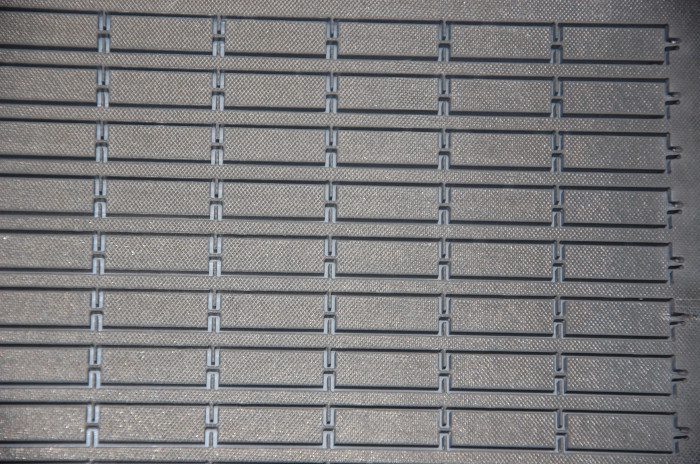IMR Materials Testing Technical Blog
(Part 2) 5 More Testing Methods for Aerospace Composite Materials
Throughout several steps of the testing process, methods are employed to obtain material properties and characterizations for Finite Element Analysis. In addition, simple tests such as tensile strength and short beam shear are used to check the quality of your cure cycle. Due to the nature of aerospace materials wide range of operating temperatures, materials should be exposed to ambient, as well as non-ambient temperatures from -320°F to 1800°F during many testing processes.

In few industries is reliability more emphasized. The risk associated with the failure of key components is beyond measure. Verifying raw materials, analyzing failures and thoroughly testing new products are critical to maintaining a strong safety record. Aerospace engineers are constantly striving to increase strength while lessening weight in structural materials, engines and systems.
Here’s another 5 of the top composite testing methods for establishing materials characteristics:
FATIGUE TESTING
Fatigue testing uses cyclic loading to predict the life of parts under repeated loads. Fatigue tests are performed at multiple stages of fabrication, ranging from R & D to finished parts. Providing an accurate accounting or the material properties at each stage ultimately prevents catastrophic part failure and costly recalls.
FILLED-HOLE TENSION/COMPRESSION TESTING
Using a machined hole in a composite laminate, filled-hole testing simulates damage that might result from impacts or fabrication/design defects. In this process, engineers insert a fastener into the hole and expose it to a range of tension and compression factors to determine the materials durability and how it handles strain in a damaged state.
FLEXURAL PROPERTIES
Most composites fail under tensile stress before they will fail under compressive stress. Measuring the maximum amount of tensile stress a beam, rod, or other part will withstand before failure will provide the flexural strength rating of that material or part.
IN-PLANE SHEAR RESPONSE
The in-plane shear response of polymer matrix composites reinforced by high-modulus fibers can be determined by calculating the shear modulus and shear strength of the materials. Strength and stiffness values of a composite under shearing force will differ from that of strength and stiffness values under tension or compressive forces.
OPEN-HOLE TENSION/COMPRESSION
Similar to filled-hole testing, open-hole tension/compression testing involves applying specific loads on an artificially damaged test material to determine the material’s ability to carry an applied load. Open-hole testing compares toughness in composite materials and may be used to calibrate progressive damage model parameters for use in subsequent FEA and composite structures.

This list is not complete, there are several other materials testing methods for composites. If you’d like a more comprehensive guide, click here to download our eBook “Composites Testing for the Aerospace Industry”.
If you’d like to find out more about IMR’s capabilities, email us or request a quote.


